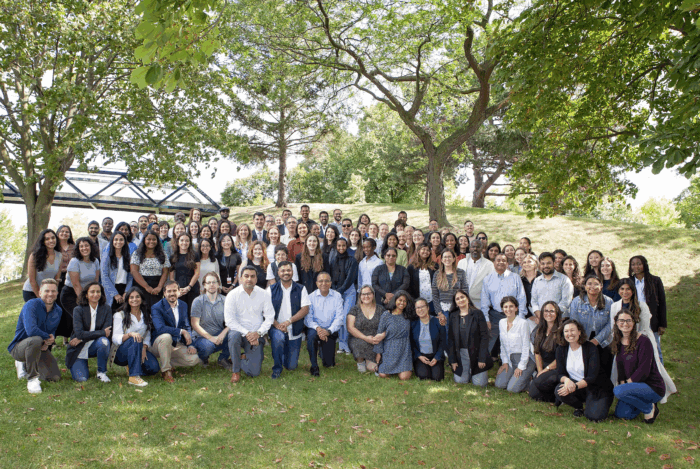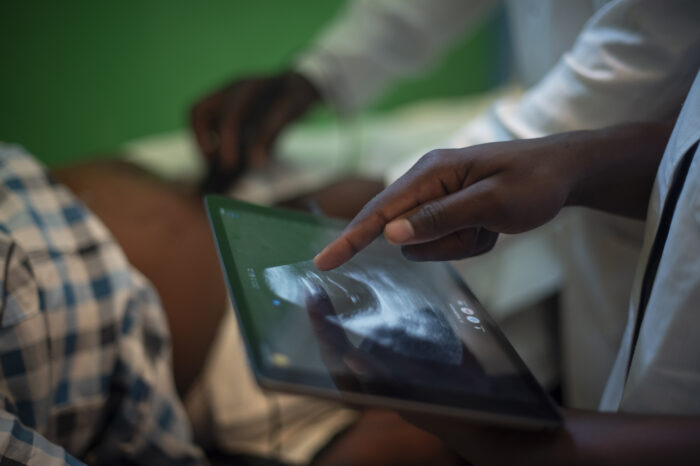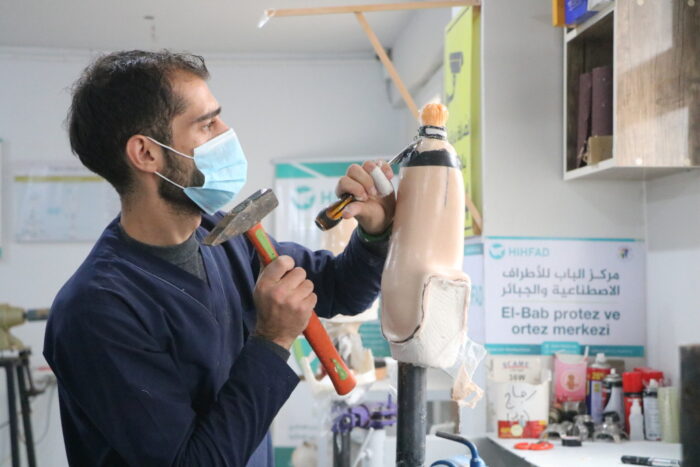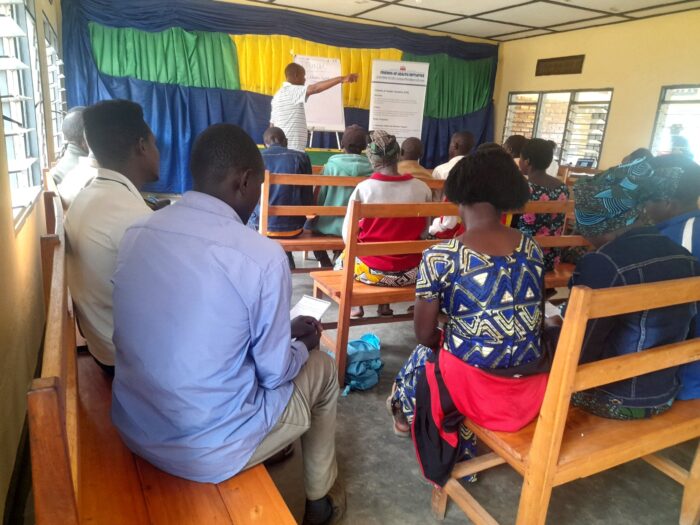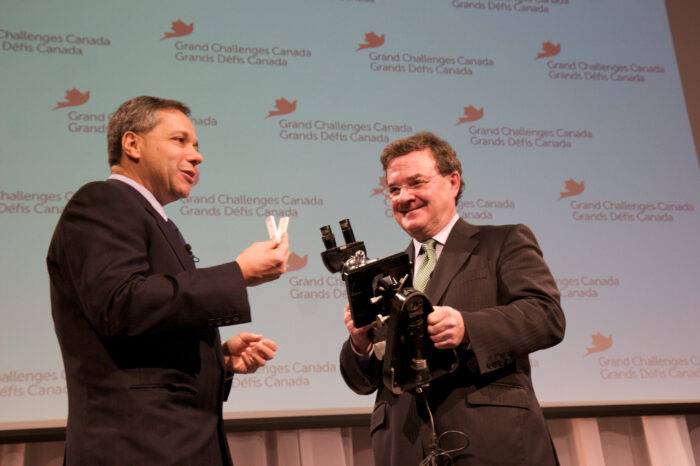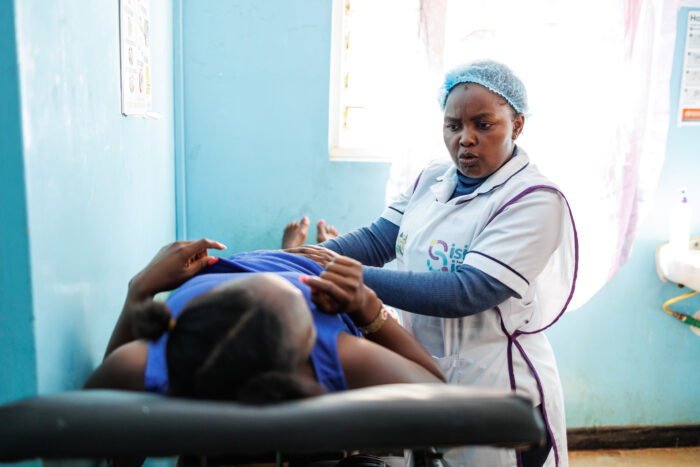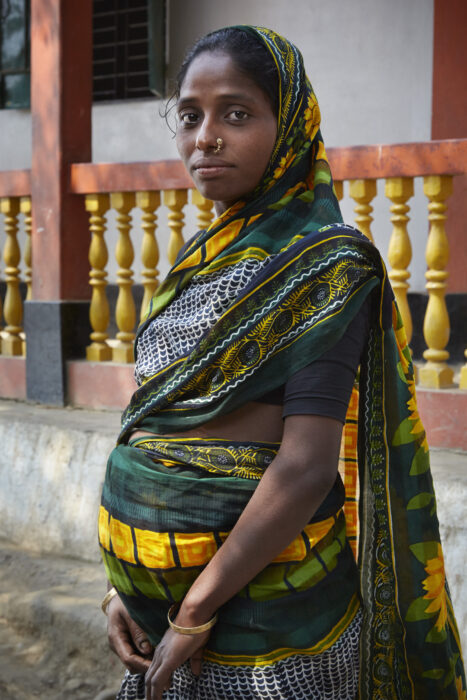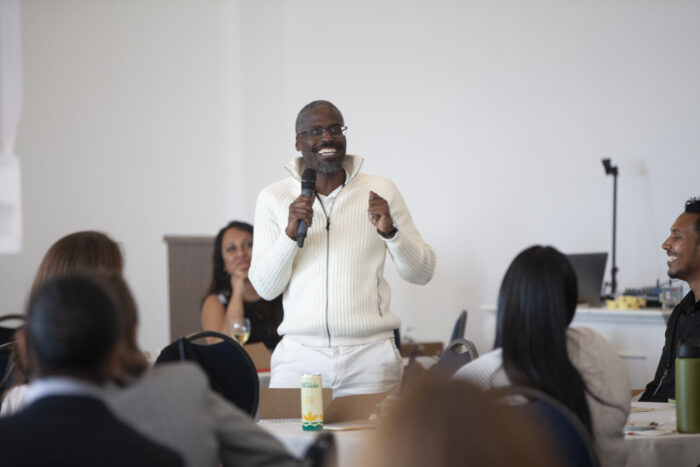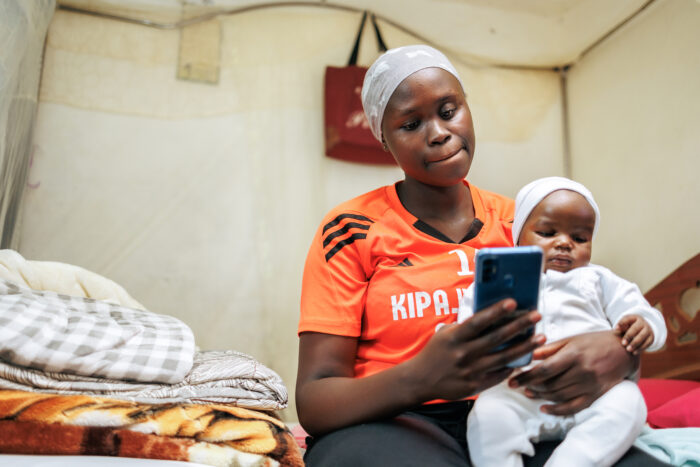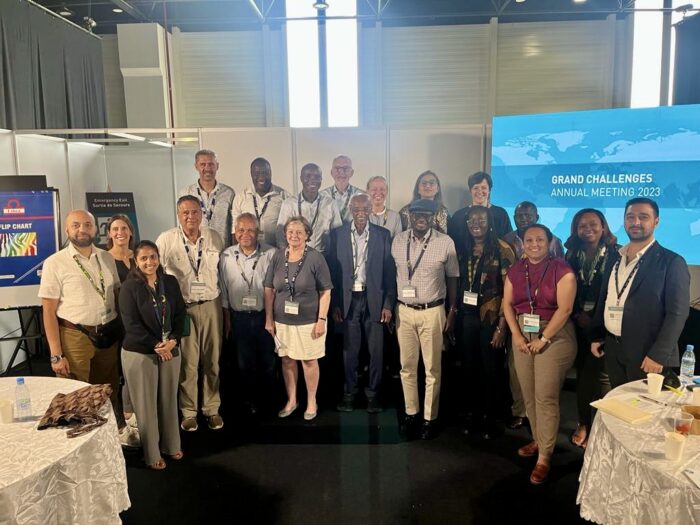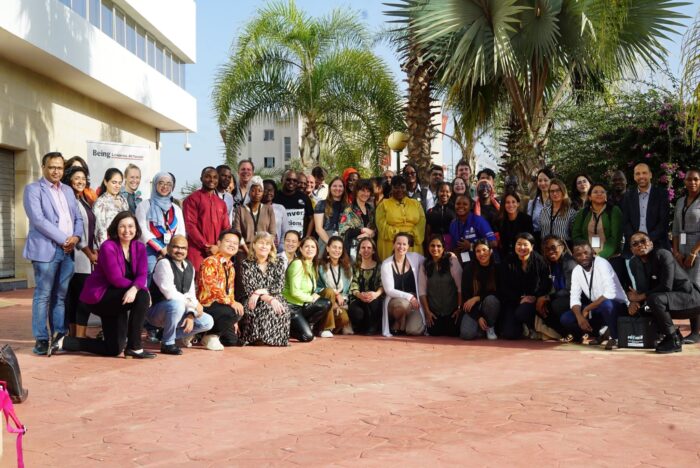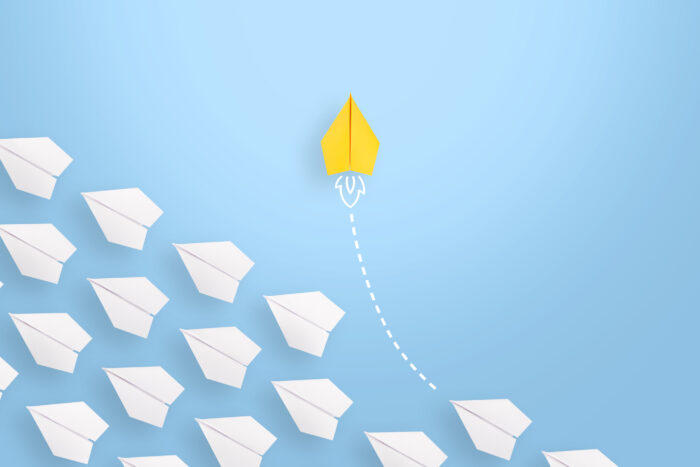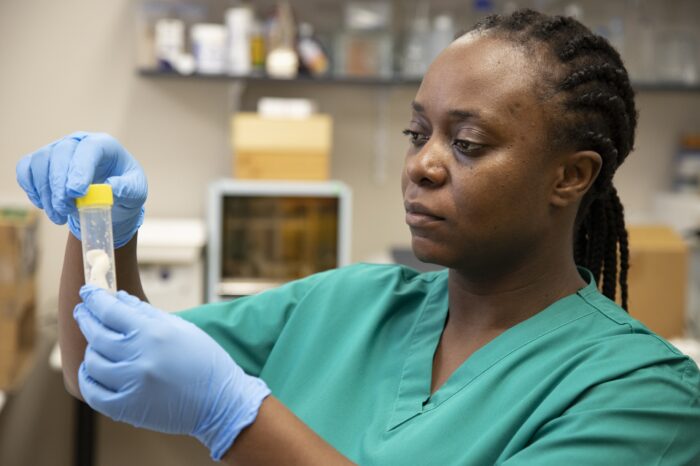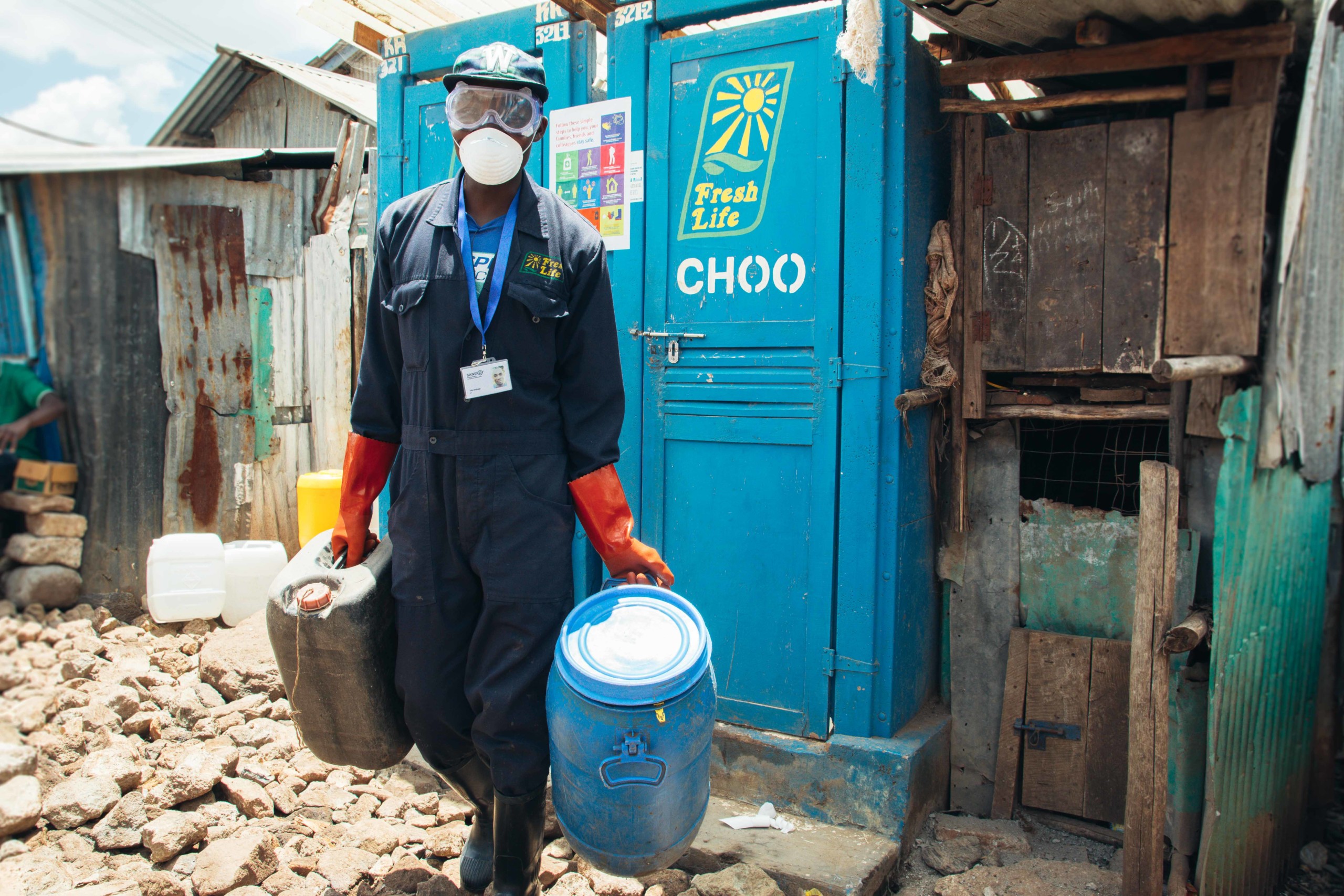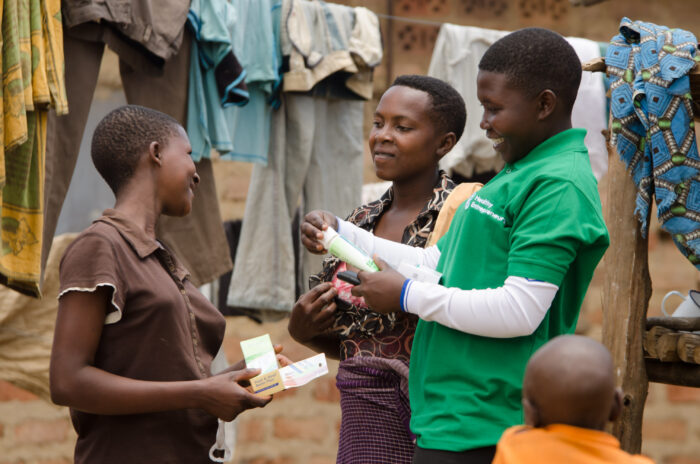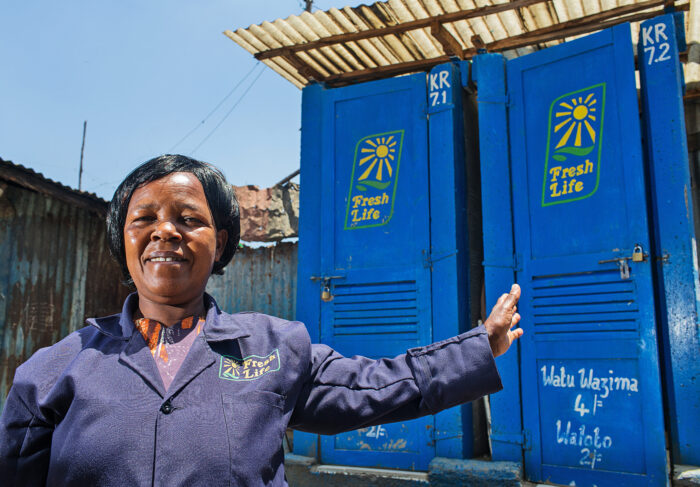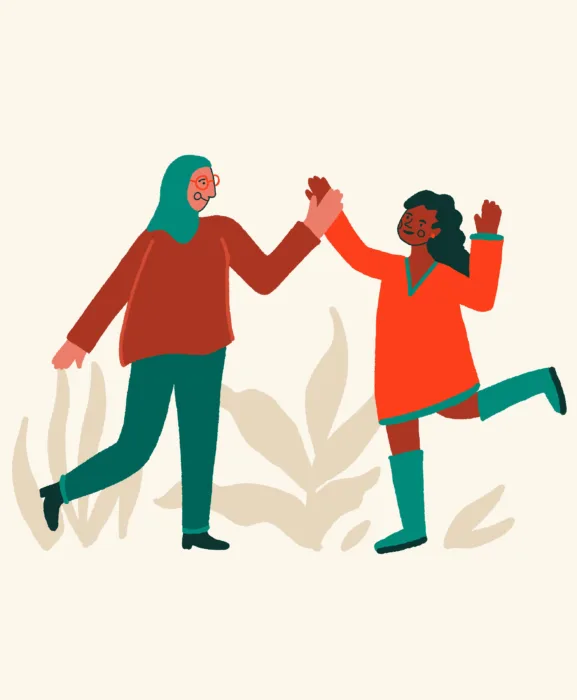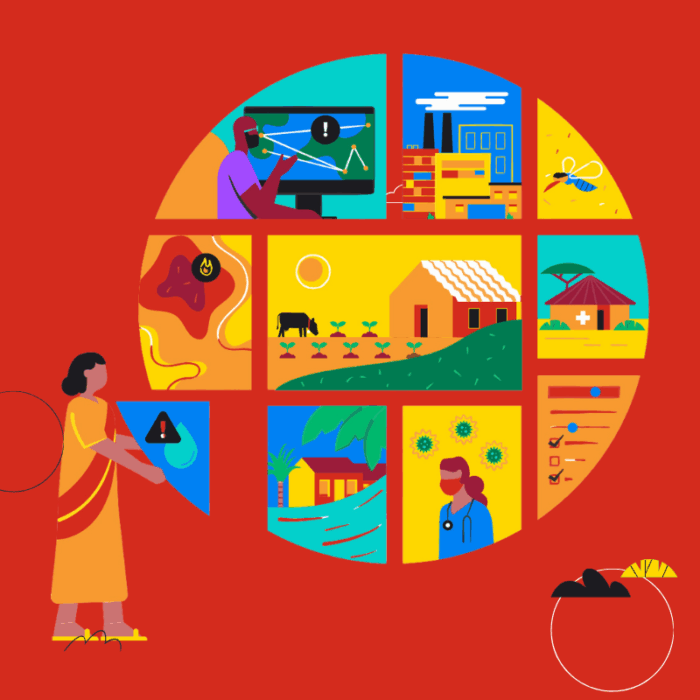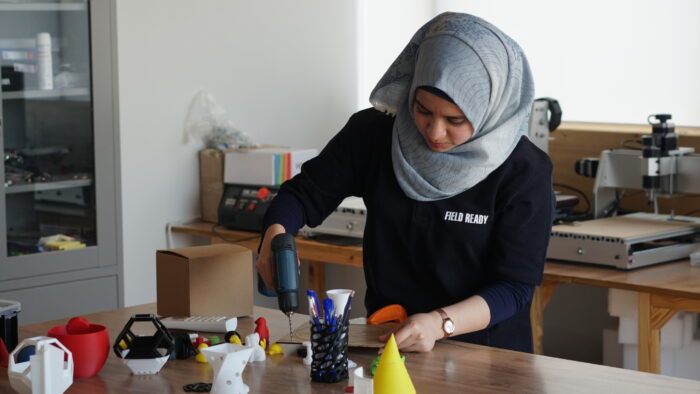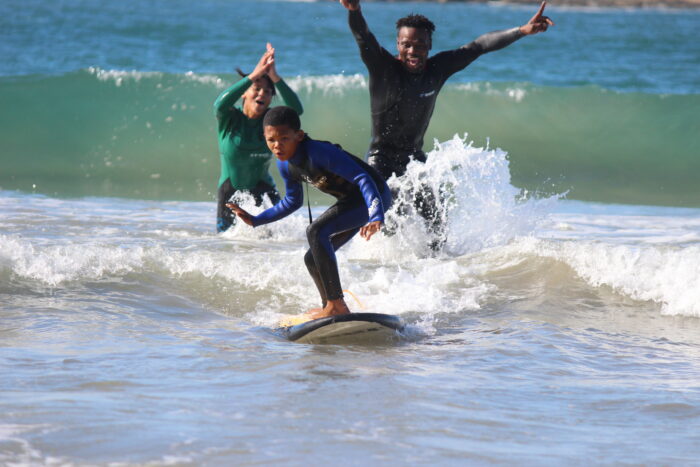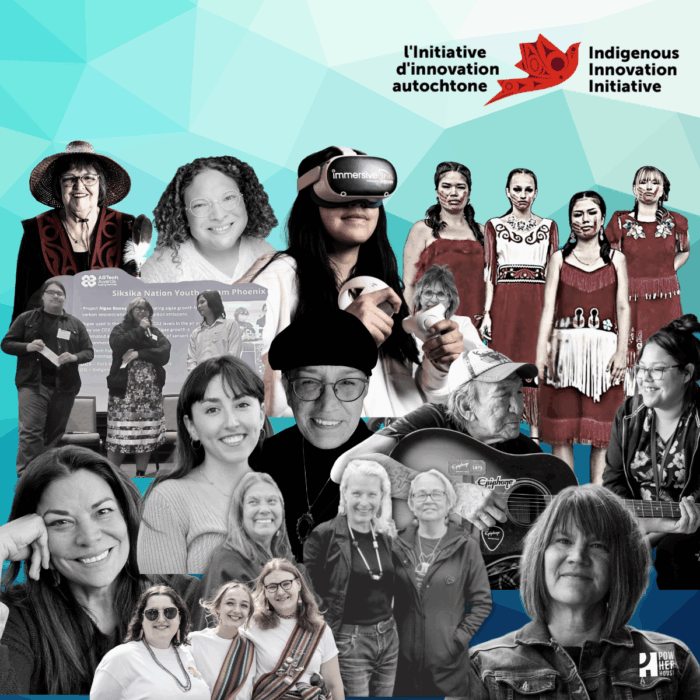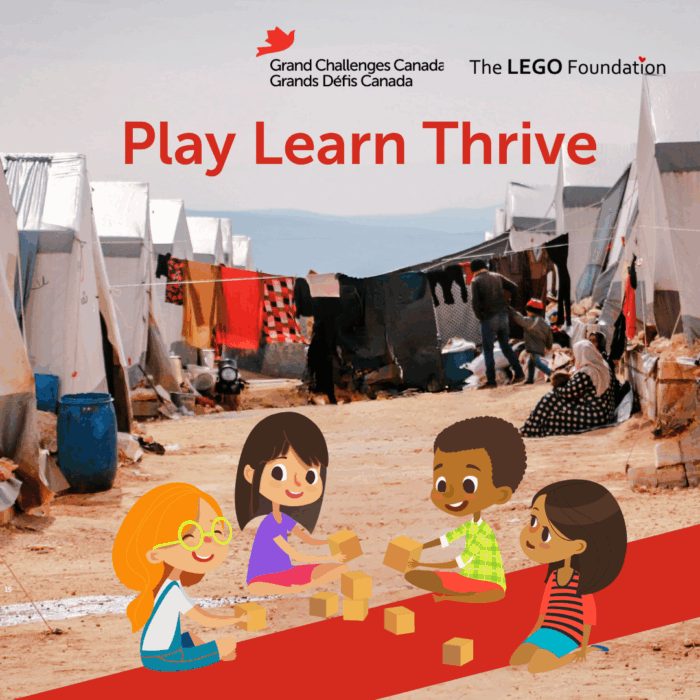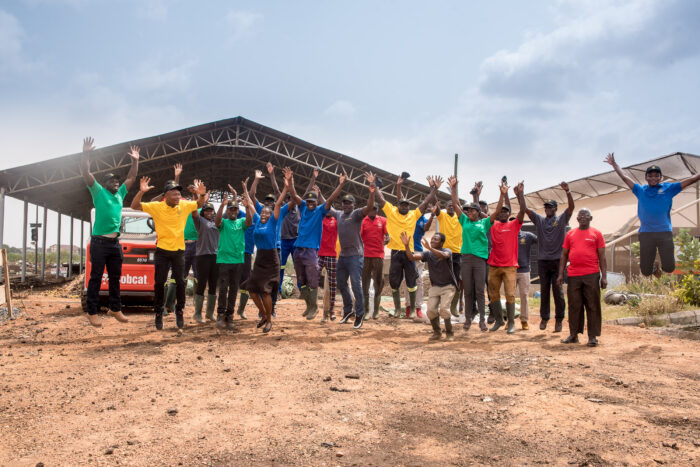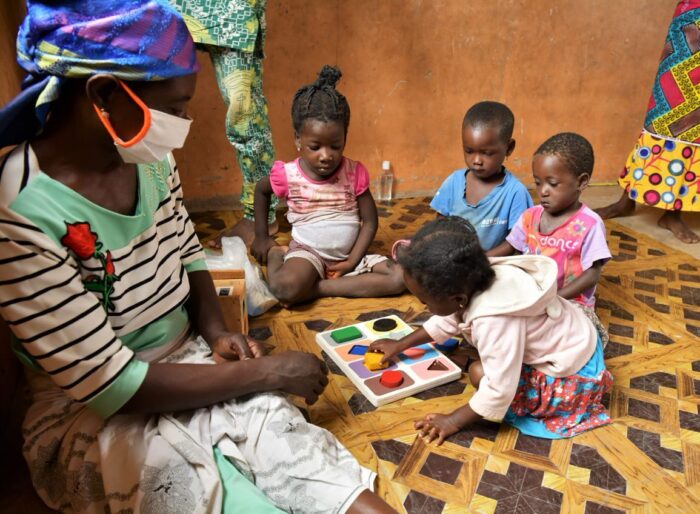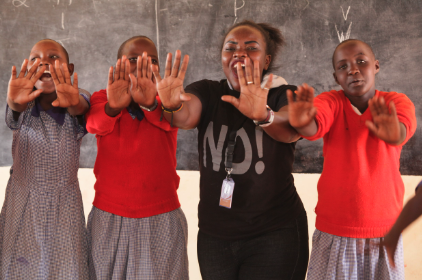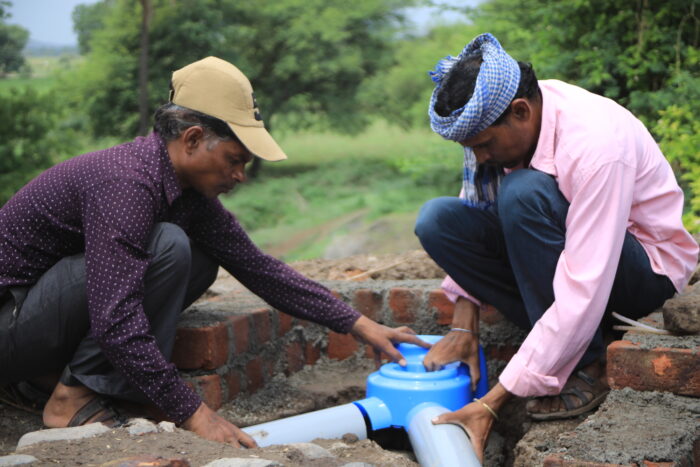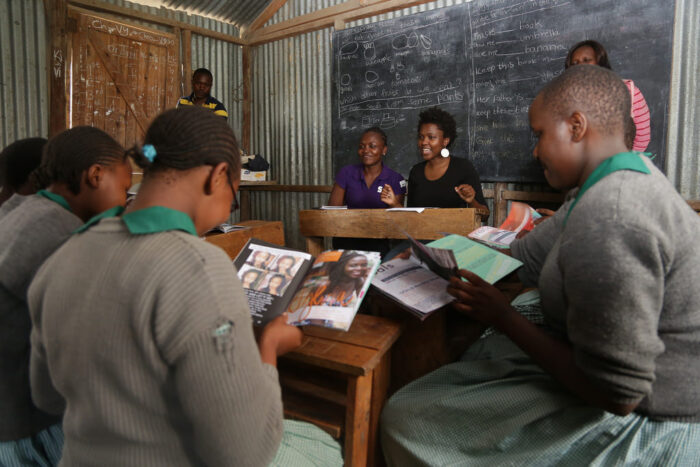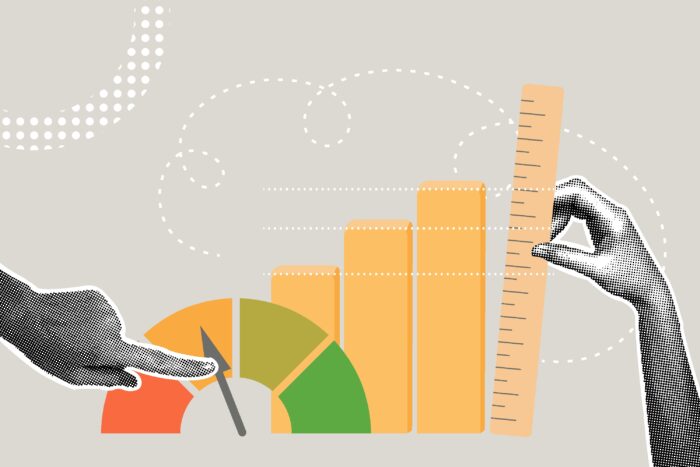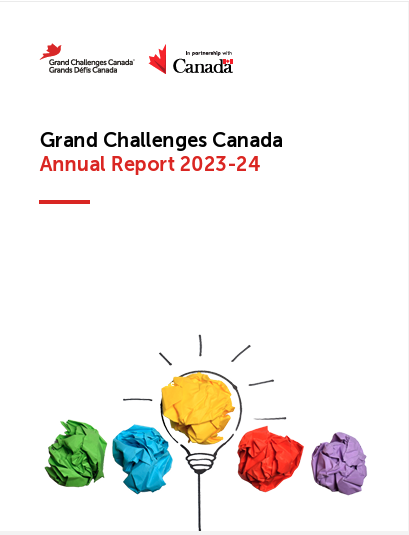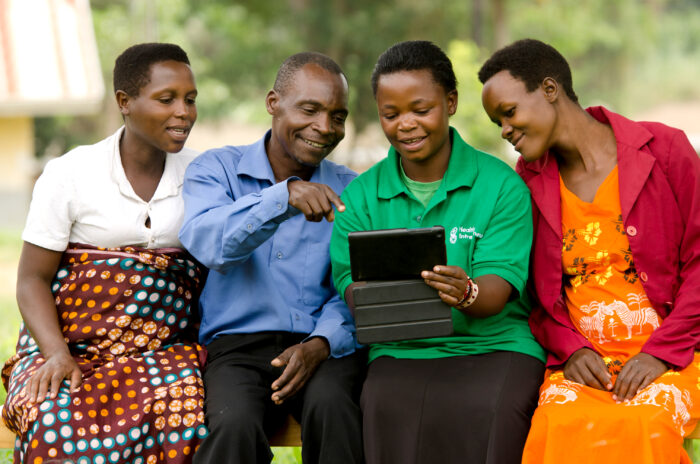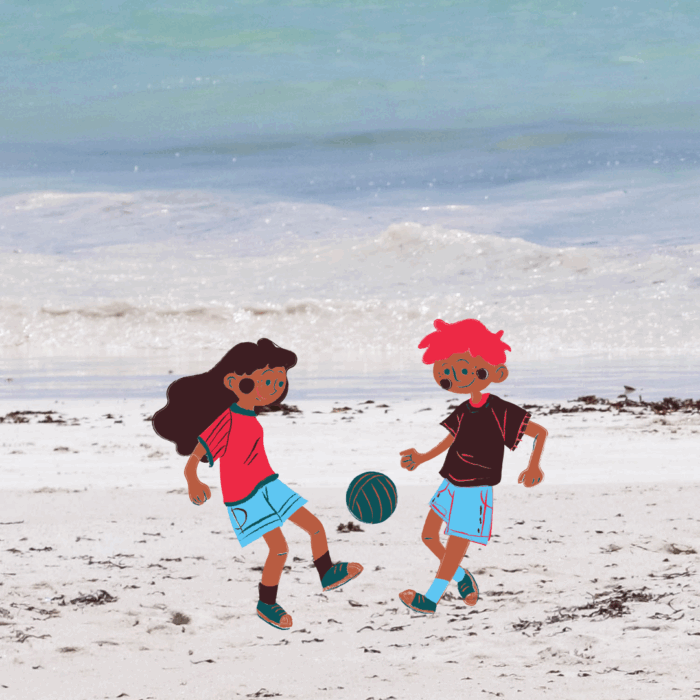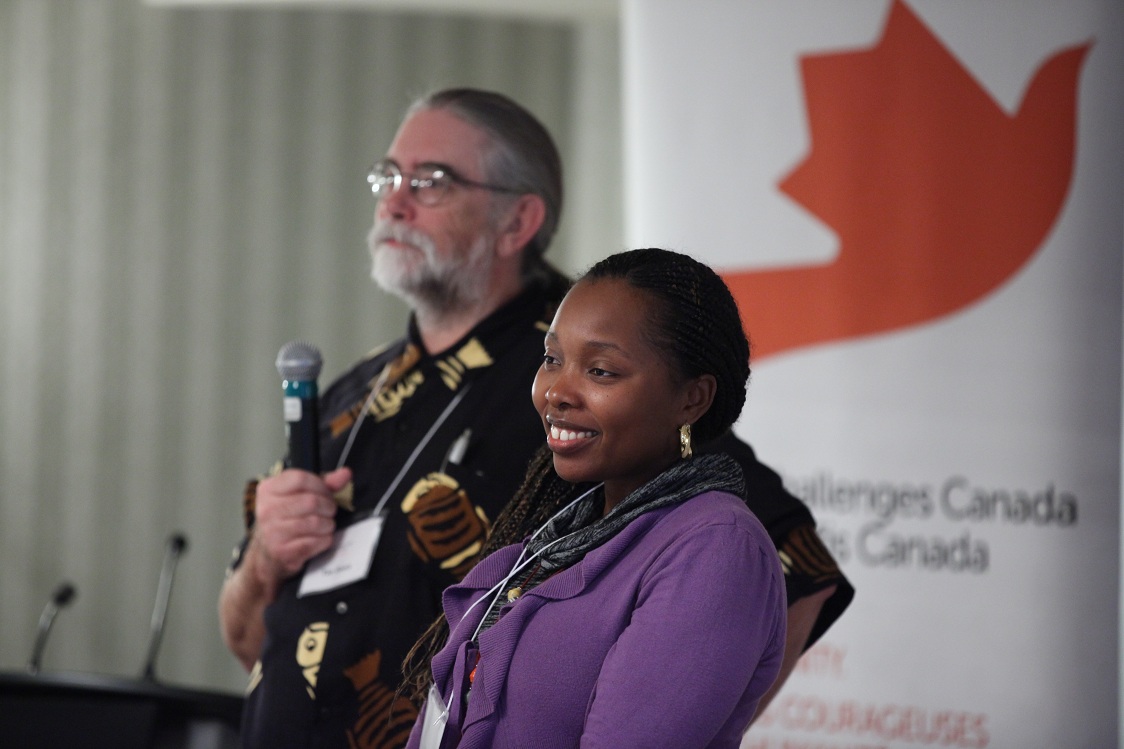This is the fifth part of the six-part blog series ‘Building the Business of Grand Challenges Canada’
Once establishing the values and the boundaries of the sandbox which the organization operates in, it’s important to try new ideas.[1]As long as these ideas align with organizational goals and don’t raise any red flags from the legal department, they can be the brand differentiators that set your team or organization apart.
Not unlike our Stars program or a venture capital fund, which fund a high volume of high-risk ideas, you will find that if you consistently are willing to try new ideas, that some of them will turn out immensely useful is not an anomaly but rather a statistical certainty.[2]
For example, one of the areas of focus that we identified right from the beginning was how to improve the ability of innovators from the developing world to access our resources and those of other global health funders. While there are plenty of promising innovators to support in the developing world, many of them may not have the necessary skill or experience submitting funding proposals. Since we were not willing to compromise on funding only excellent projects, the logical step was to develop mechanisms to help them articulate their ideas.
To meet this need, one idea which we have implemented was to invite selected innovators to ad hoc proposal development workshops to further develop ideas. Because the cost of doing live sessions (both time and money) is significant, another initiative to post and develop publicly available content on our website was suggested. We also created a LinkedIn group titled ‘Global Health Innovation’ with the goal of trying to connect innovators across different expertise areas and geographical regions to submit applications together. We hope that all of these initiatives continue to be successful. However, even if they don’t prove not to be, it is important to try and evaluate them since it is often unclear at the outset which ones will benefit our innovators the most.
Rolling with the punches
While we take our mission and work very seriously, sometimes we have to have a sense of humour in order to learn from our mistakes.
An example of this happened in the first month I started working at Grand Challenges Canada. The collaborative approach that we take with our grantees is consistent with how we make decisions internally. Generally, this model is one of my favorite aspects of working at Grand Challenges Canada as it allows everyone to contribute ideas and their unique perspectives when solving problems.
However, in this particular case, the collaborative nature of our staff led to unintended consequences. Grand Challenges Canada was only three months old at this point so the brand templates and collateral had not yet been fully developed. While the development of this was being outsourced to an external ad agency, one specific item was overlooked: our email signatures. Andrew Taylor, thinking this would be an excellent problem to tackle as a group, tried to open-source the design of this seemingly simple block of text.
What resulted were two team meetings sandwiching two dozen emails offering various style suggestions. “Our names should be in red text!” “Our Twitter handles should stand beside the Twitter logos!” “Our logo should be contained in the signature!” “We should design a different signature for email replies!” After completing this process, which was more painful that watching a Toronto Raptors game after mid-season,[3]we finally landed on a signature which everyone could live with but no one was happy with. This is where we landed:
Raymond Shih, MBA, CGA, ACCA
Program Manager – Financial Innovations
Grand Challenges Canada / Grands Défis Canada
at the Sandra Rotman Centre
MaRS Centre, South Tower
101 College Street, Suite 406
Toronto, ON M5G 1L7
M 647.338.2075
E raymond.shih@www.grandchallenges.ca
Twitter: @rvshih | LinkedIn: Raymond Shih
www.grandchallenges.ca
Follow us: Facebook, Twitter, YouTube, LinkedIn
BOLD IDEAS FOR HUMANITY
We had to laugh about it but at least we were able to agree that not all decisions should be posted as open-ended questions to everyone.[4]
B-schooler, do-gooder and ace networker, Raymond Shih believes in telling the Grand Challenges story like a B-school case study in his tongue-in-cheek style. Follow the six-part series here and reach out to him on Twitter @RvShih.
Notes
[1] Disclaimer: I’m not suggesting here that one should spend all their time experimenting while neglecting key business activities. However, I am suggesting that there does need to be a dedicated percentage of effort spent on trying out new ideas or approaches. For example, while there are obviously domestic problems that need to be solved, one could argue that a government should spend an undefined percentage of money exploring experimental science or space travel as this may prove useful. A more grounded example might be the successful commercial innovators 3M, who famously provide most staff with dedicated time to pursue their own inventions or innovations.
[2] This is what I keep telling myself when I experiment with my fantasy sports lineups
[3] Sorry MLSE, I only say it because I care! I would like to hedge here and say that the recent deals make me optimistic that we’ve started to turn the corner. Go Raps!
[4] NEVER use open ended questions with large groups of academics or MBAs unless you have allotted ample time for discussion. Trust me.
